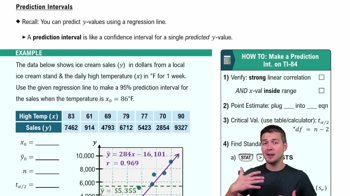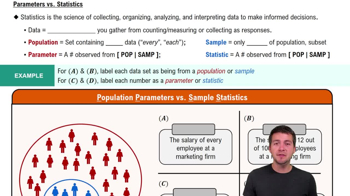Here are the essential concepts you must grasp in order to answer the question correctly.
Nominal Level of Measurement
The nominal level of measurement is the most basic form of data classification, where data is categorized without any quantitative value. Examples include gender, race, or types of fruit. At this level, data can only be counted or categorized, and no mathematical operations can be performed.
Recommended video:
Difference in Proportions: Hypothesis Tests Example 1
Interval Level of Measurement
The interval level of measurement involves data that can be ordered and has meaningful differences between values, but lacks a true zero point. Examples include temperature in Celsius or IQ scores. This level allows for a wider range of statistical analyses, including addition and subtraction, making it more versatile than nominal data.
Recommended video:
Statistical Analysis Capabilities
Statistical analysis capabilities refer to the types of calculations and inferences that can be made based on the level of measurement of the data. Nominal data allows for basic counts and mode calculations, while interval data supports a broader range of analyses, including means, standard deviations, and correlation, enabling more complex insights.
Recommended video:
Parameters vs. Statistics
 Verified step by step guidance
Verified step by step guidance Verified video answer for a similar problem:
Verified video answer for a similar problem:



 2:13m
2:13m